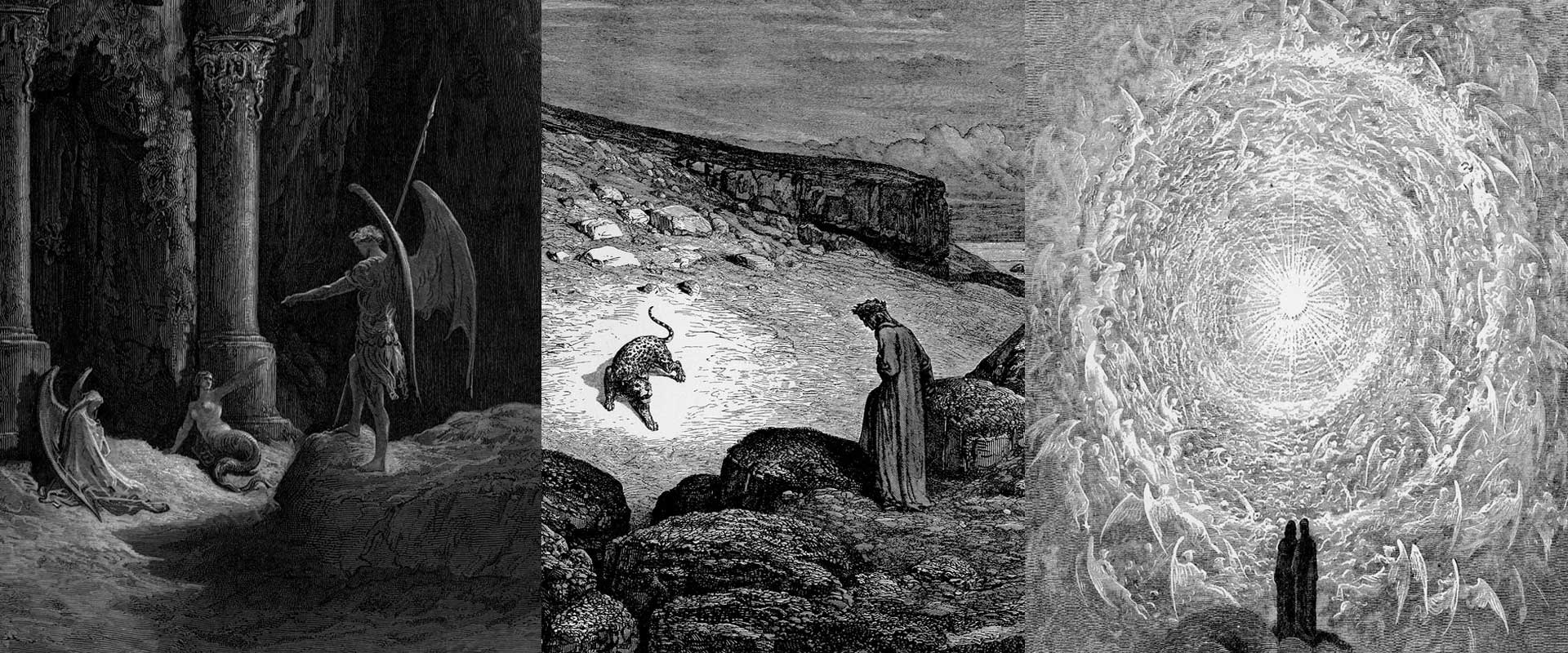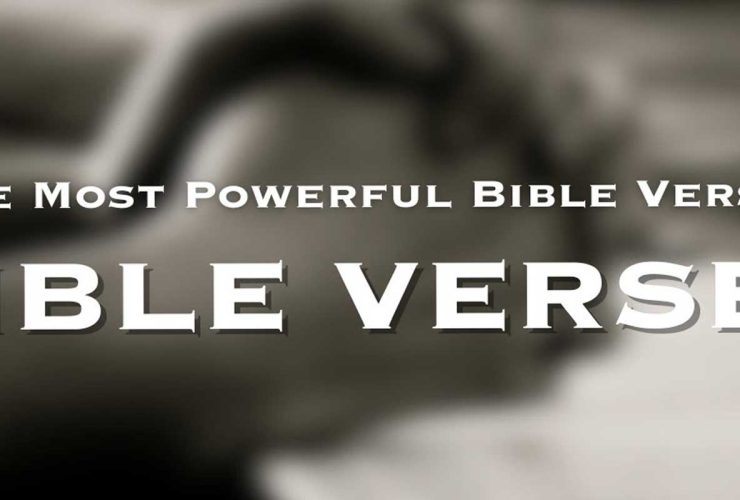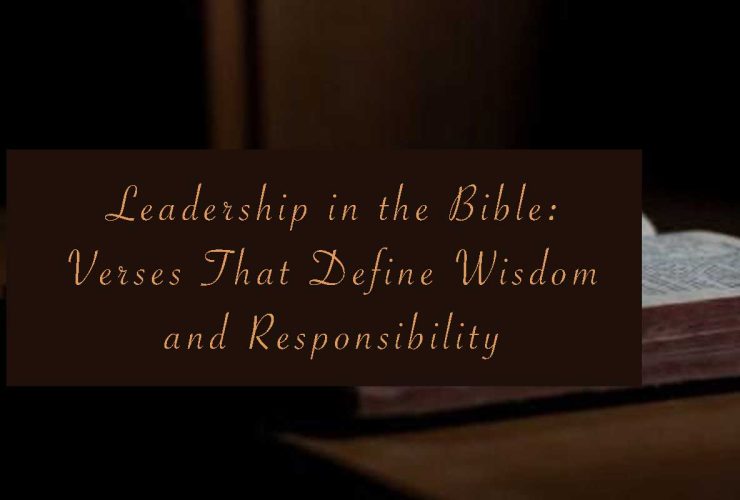Paul Gustave Doré was not simply an illustrator—he was a master of visual emotion. His engravings for the Bible, Dante’s Divine Comedy, Milton’s Paradise Lost, and countless other works reveal how he used line and shadow to create intensity, drama, and profound human feeling. Unlike many artists of his time, Doré’s genius was in his ability to transform words into emotional landscapes, where every etched line carried meaning and every shadow conveyed depth.
To explore how Paul Gustave Doré captured emotion in line and shadow is to understand why his work remains timeless: his engravings are not flat reproductions but living experiences, drawing viewers into despair, awe, and redemption.
The Art of Line – Doré’s Precision in Expression
Doré’s engravings demonstrate how line can capture human psychology. He used delicate strokes for tenderness, sharp edges for terror, and sweeping curves for grandeur. His characters’ faces often reveal entire stories: sorrow etched in furrowed brows, awe in wide eyes, or despair in trembling lips.
For example:
- In his Bible engravings, the lines in Christ’s gentle expressions convey compassion.
- In Inferno, jagged lines on the faces of the damned intensify their suffering.
- In Paradise Lost, flowing lines in angelic figures convey power and grace.
Line, for Doré, was not decoration but the language of emotion.
The Power of Shadow – Light as Theology
Shadow was Doré’s greatest tool for drama and symbolism. He pioneered chiaroscuro in engraving, using darkness not just as absence of light but as a presence of despair, mystery, or divine judgment.
- In scenes of Hell, deep shadows suffocate the compositions, trapping figures in hopelessness.
- In heavenly visions, shadows recede as light dominates, symbolizing divine presence.
- In apocalyptic engravings, the clash of shadow and light dramatizes cosmic conflict.
Through shadow, Doré created a moral landscape: light for salvation, darkness for sin and consequence.
Emotional Themes in Doré’s Work
Despair and Suffering
In Inferno or the Crucifixion engravings, Doré conveyed despair through bowed heads, chaotic lines, and overwhelming shadow.
Awe and Majesty
In Paradiso or the Revelation scenes of his Bible, upward lines and radiant compositions create a sense of infinite awe.
Conflict and Rebellion
In Paradise Lost, Doré captured the raw emotion of rebellion—Satan’s defiance, the angels’ struggle—through bold contrasts and dramatic shadow.
Hope and Redemption
In engravings of Christ’s compassion or the New Jerusalem, Doré balanced shadow with radiant beams of light, symbolizing eternal hope.
Emotion in Doré’s Use of Line and Shadow
| Emotion / Theme | Use of Line | Use of Shadow | Example Work |
|---|---|---|---|
| Despair | Jagged, harsh strokes, chaotic composition | Heavy darkness enveloping figures | Inferno – sinners in torment |
| Awe / Majesty | Flowing, upward lines | Light breaking through darkness | Paradiso – concentric angels |
| Conflict / Rebellion | Strong, bold lines conveying force | Sharp contrasts highlighting drama | Paradise Lost – Satan’s fall |
| Hope / Redemption | Gentle, soft lines | Light dominating shadow | Bible – Resurrection, New Jerusalem |
Doré’s Bible – Emotion Through Sacred Narrative
Doré’s 1866 illustrated Bible remains his most influential work, and its emotional resonance is due to his mastery of line and shadow. From the sorrow of Adam and Eve’s expulsion to the triumph of the Ascension, Doré visualized the emotional heart of scripture.
This tradition continues today in the union of scripture and imagery, seen in collections like Bible verse wall art prints. Just as Doré gave believers a visual theology, modern sacred art continues to blend emotion with scripture.
Dante and Milton – Epic Emotion in Engraving
Doré’s Divine Comedy engravings defined how we imagine Dante’s Hell and Heaven. The agony of the damned, the sorrow of the pilgrim, and the radiance of Paradise all come alive through Doré’s etched emotion.
In Milton’s Paradise Lost, Doré’s Satan is one of the most emotionally complex figures in art—majestic, sorrowful, and doomed. Through line and shadow, Doré turned Milton’s words into a portrait of rebellion and despair.
Influence on Modern Illustration
Doré’s emotional mastery influenced countless artists, from early comic illustrators to contemporary fantasy concept artists. His balance of light and dark inspired graphic novels, cinematic lighting, and even Gothic film design.
Much like Paul Gustave Doré’s dramatic Bible illustrations continue to move audiences, his emotional use of engraving techniques laid the foundation for how modern illustrators tell stories visually.
Why Doré’s Emotional Art Endures
- His engravings speak to universal human emotions—suffering, awe, hope.
- His mastery of line and shadow gives them timeless drama.
- His works influenced illustration, cinema, and spiritual art worldwide.
- They remain as relevant to modern audiences as they were to 19th-century readers.
Conclusion
Paul Gustave Doré captured emotion in line and shadow with unmatched power. His engravings remain timeless because they go beyond illustration: they speak directly to the soul. Through precise lines and dramatic contrasts, Doré conveyed despair, awe, rebellion, and hope in ways that continue to inspire art, faith, and culture.
For those who wish to experience his emotional genius firsthand, curated collections like Paul Gustave Doré art prints and spiritual artworks allow Doré’s vision to live on. His art proves that emotion, when etched in line and shadow, never fades.
FAQs on Paul Gustave Doré’s Emotional Engravings
How did Doré capture emotion in his engravings?
He used precise linework to express human psychology and dramatic contrasts of shadow and light to symbolize despair, hope, and divine presence.
What makes Doré’s Bible engravings so emotional?
They combine monumental scale with intimate human expression, turning scripture into powerful visual experiences of suffering, compassion, and redemption.
Did Doré’s emotional style influence modern illustration?
Yes. His dramatic use of line and shadow influenced comics, fantasy art, and cinematic lighting, laying the groundwork for modern visual storytelling.
Which works best show Doré’s emotional power?
His engravings for Dante’s Inferno, Milton’s Paradise Lost, and the Bible, especially scenes like the Crucifixion, Last Judgment, and Satan’s fall.
Why do Doré’s emotional engravings remain timeless?
Because they reflect universal human feelings—fear, awe, sorrow, hope—that transcend time and culture, making them resonate across centuries.





